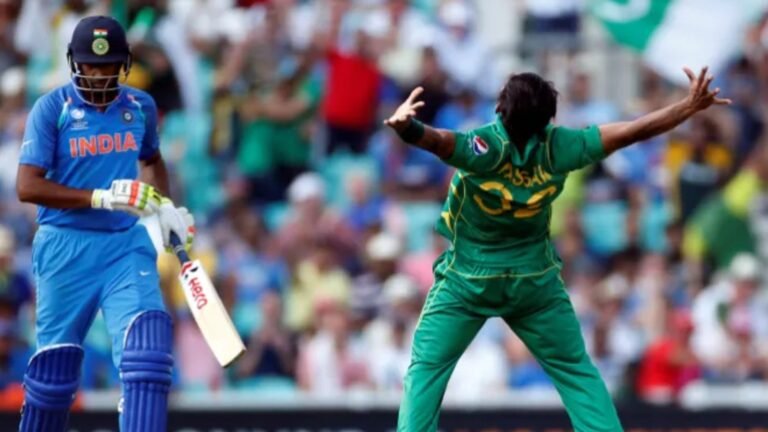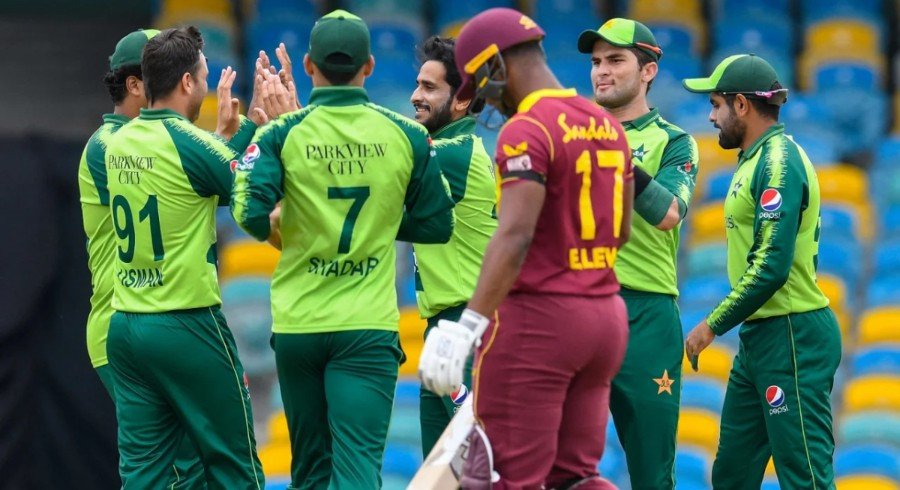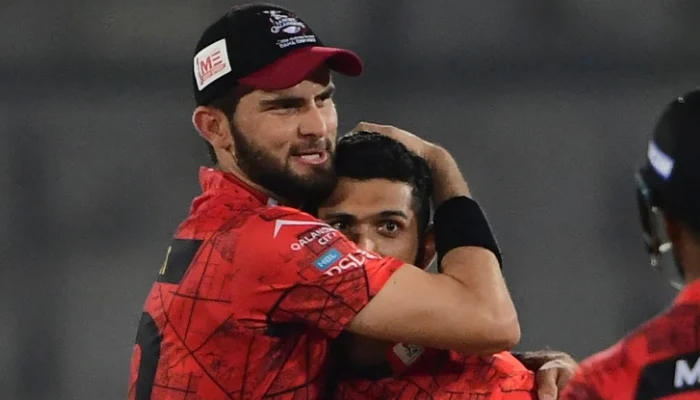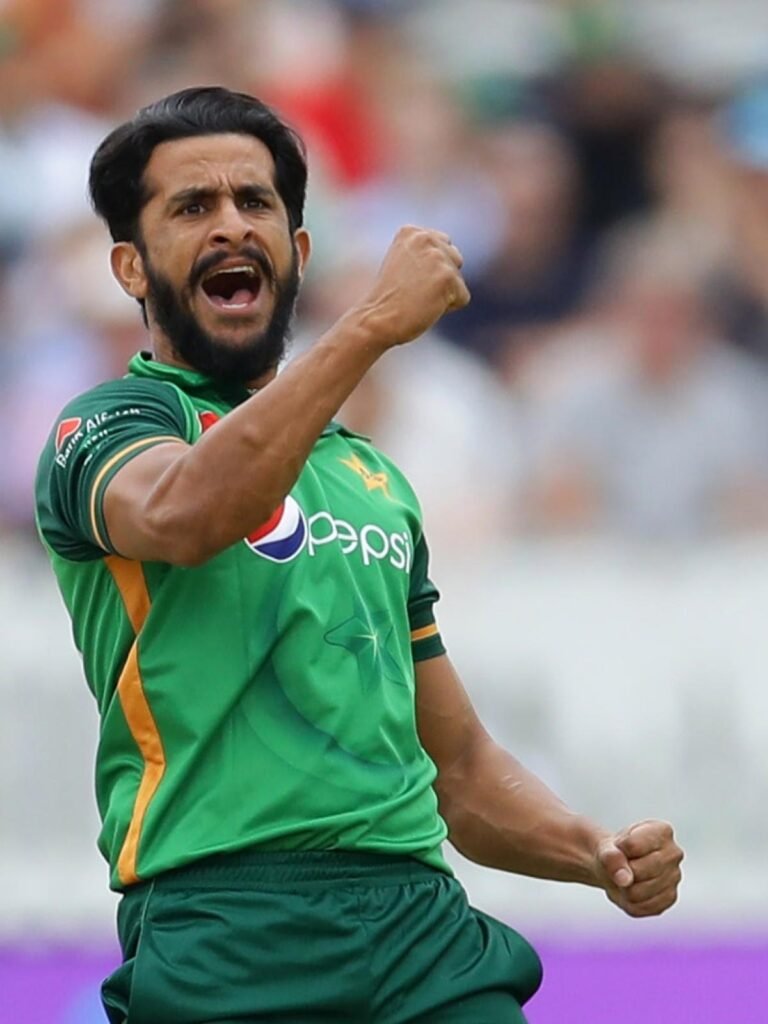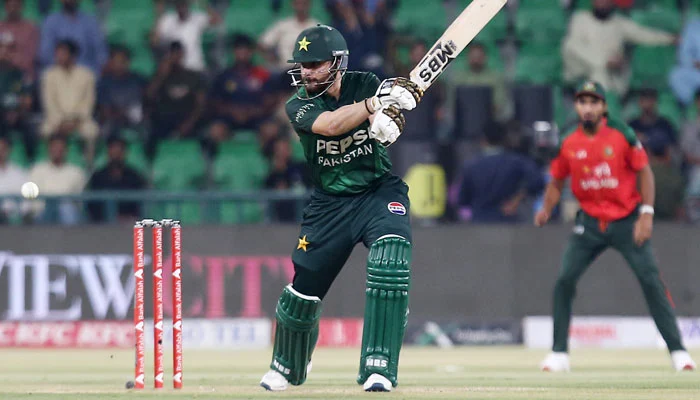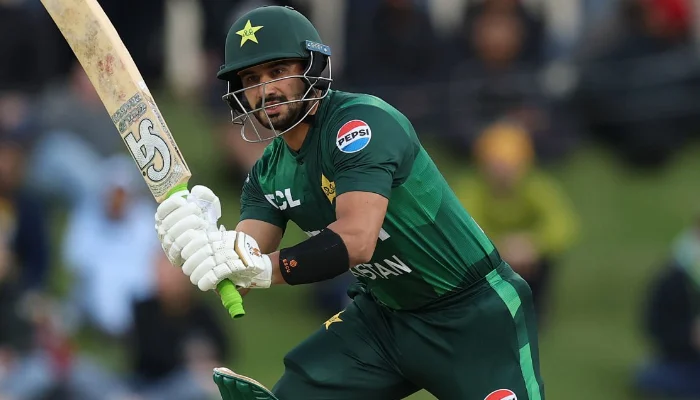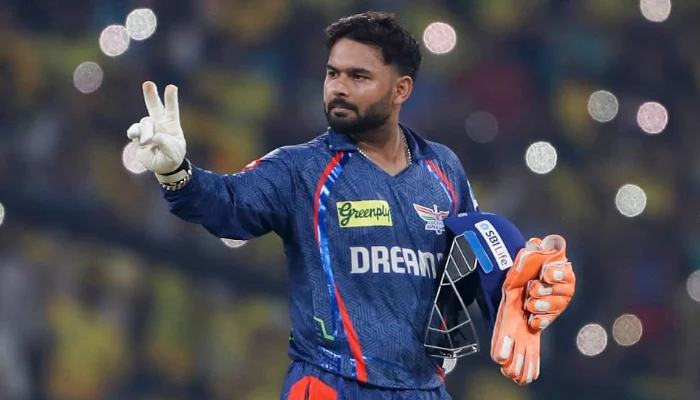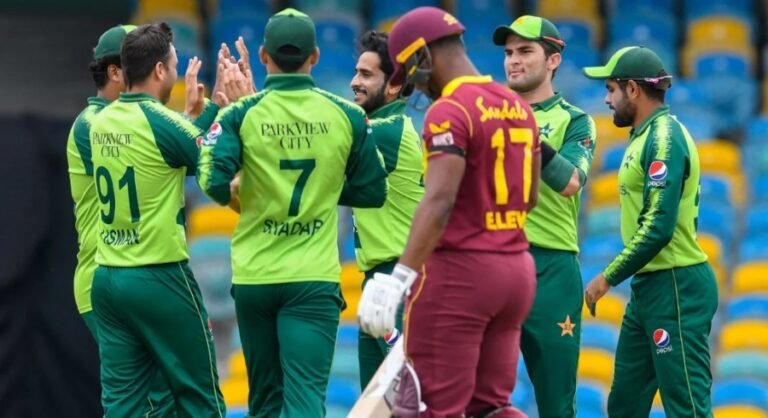Cricket, once considered a leisurely sport, has evolved into a fast-paced, physically demanding game at the international level. The modern cricketer is not just a skilled batsman or bowler but a highly conditioned athlete. Maintaining peak physical fitness is essential to cope with long hours on the field, rapid bursts of action, injury prevention, and sustained performance across formats from Tests to T20s.
This article delves into the fitness routines of top cricketers, highlighting how they train, what areas they focus on, their nutrition, recovery methods, and the role of sports science in their preparation.
1: Why Fitness is Crucial for Cricketers
A strong fitness foundation is key to excelling on the field and ensuring longevity in cricket. The game requires a combination of endurance, strength, agility, flexibility, and mental toughness.
Key Fitness Demands of Cricket:
- Endurance: Test cricket can last up to five days, requiring sustained concentration and physical stamina.
- Explosive Power: Fast bowlers generate high speeds; batsmen play powerful shots.
- Agility: Quick footwork while running between the wickets and sharp fielding skills demand excellent agility.
- Flexibility: To prevent injuries and allow for a full range of motion during bowling and fielding.
- Core Strength: Fundamental for maintaining body control, performing shots, and injury prevention.
Top cricketers understand these demands and develop tailored routines to meet them.
2: Components of a Top Cricketer’s Fitness Routine
Fitness routines vary depending on the player’s role (batsman, bowler, wicketkeeper) and the format being played, but some core components remain consistent.
-
Cardiovascular Training
Cardio is critical for stamina and recovery during matches.
- Endurance Runs: Long-distance running builds aerobic capacity. Test players often focus more on endurance.
- Interval Training: High-intensity interval workouts reflect cricket’s quick bursts and recovery periods. Sprinting between wickets or chasing the ball requires quick bursts.
- Cycling and Swimming: Used to improve cardiovascular health with less joint strain.
Example: Virat Kohli emphasizes cardio by including swimming and running to maintain peak stamina.
-
Strength Training
Strength is crucial for powerful batting, fast bowling, and injury prevention.
- Weightlifting: Focus on compound lifts (squats, deadlifts, bench press) for overall power.
- Functional Training: Exercises mimicking cricket movements, like medicine ball throws for explosive rotational power.
- Core Workouts: Planks, Russian twists, and leg raises for stability and balance.
Fast bowlers like Pat Cummins emphasize strengthening their legs and core to generate pace and maintain stability.
-
Agility and Speed Work
Agility drills improve footwork, fielding reflexes, and running between wickets.
- Ladder Drills: Enhance quick feet and coordination.
- Cone Drills: Improve change of direction speed.
- Sprint Training: Develop acceleration and quick bursts over short distances.
Example: AB de Villiers is known for his exceptional agility, developed through intensive speed and ladder drills.
-
Flexibility and Mobility
Flexibility reduces injury risk and aids in smooth, efficient movements.
- Yoga and Stretching: To enhance flexibility and maintain mental calm, many players—including MS Dhoni—integrate yoga into their routines.
- Dynamic Warm-ups: Leg swings, arm circles before training or matches.
- Foam Rolling and Myofascial Release: For muscle recovery and maintaining range of motion.
- Sample Weekly Fitness Routine of a Top Cricketer
| Day | Focus Area | Activities |
| Monday | Strength and Conditioning | Weight training, core exercises |
| Tuesday | Speed and Agility | Sprint drills, ladder drills, fielding practice |
| Wednesday | Cardiovascular Endurance | Long-distance run, swimming |
| Thursday | Functional Cricket Movements | Medicine ball throws, bowling action drills |
| Friday | Flexibility and Recovery | Yoga, stretching, foam rolling |
| Saturday | Match Simulation & Skills | Net practice, match scenario drills |
| Sunday | Rest and Active Recovery | Light cycling, walking, rest |
This routine adapts as per match schedules, fitness levels, and injury status.
- Role-Specific Fitness Training
- Batsmen
Batsmen require:
- Explosive power for hitting big shots.
- Endurance to bat long innings.
- Quick responses and agile movement are vital for effective running between wickets.
Training focus includes rotational core exercises, plyometrics for explosive shot power, and drills simulating match scenarios.
To perfect his signature batting stance, Steve Smith integrates balance and rotational training into his routine.
-
Fast Bowlers
Fast bowlers demand:
- Strength and power for speed.
- Flexibility to avoid injury.
- Endurance to bowl long spells.
Their training emphasizes lower body strength, back and shoulder conditioning, and workload management.
Example: Jasprit Bumrah combines heavy leg workouts with flexibility drills to maintain pace and fitness.
-
Spin Bowlers
Spin bowlers focus on:
- Core strength and shoulder stability for control.
- Endurance to bowl multiple spells.
- Agility for sharp fielding.
Their routine consists of specific wrist and finger strengthening, flexibility-focused yoga, and balance-enhancing drills.
Example: Ravichandran Ashwin does extensive core work to maintain accuracy and spin.
-
Wicketkeepers
Wicketkeepers require:
- Agility and quick reflexes.
- Lower body strength for squatting.
- Endurance for long hours behind the stumps.
Training includes plyometric jumps, lateral quickness drills, and flexibility exercises.
Example: Quinton de Kock performs repetitive squat exercises and speed drills.
-
Nutrition and Hydration: Fueling the Cricketer’s Body
Fitness routines are incomplete without proper nutrition and hydration.
Nutrition Principles
- Balanced diet: Rich in carbohydrates for energy, proteins for muscle repair, and healthy fats.
- Meal timing: Frequent small meals to maintain energy.
- Supplements: Protein shakes, vitamins, and minerals to complement diet.
Top players regularly work alongside nutritionists to design customized nutrition plans.
Example: Kane Williamson follows a strict nutrition plan focusing on lean proteins and hydration.
Hydration
Hydration before, during, and after play is vital. Cricketers lose a lot of fluids in heat and exertion.
- Electrolyte drinks help maintain salt balance.
- Water intake is carefully monitored.
-
Recovery Protocols
Cricket’s intense physical and mental demands necessitate advanced recovery methods.
Techniques Used by Top Cricketers
- Ice baths and cold therapy: Reduce inflammation.
- Massage therapy: Relieve muscle tension.
- Sleep management: Prioritized for healing.
- Active recovery: Light exercises to promote blood flow.
- Use of compression garments: Improve circulation.
Example: Ben Stokes credits his use of cryotherapy and sleep routines for injury recovery.
-
Use of Sports Science and Technology
Modern cricket embraces technology to optimize fitness.
Monitoring Tools
- GPS trackers: Measure distance covered, speed, and workload.
- Heart rate monitors: Track exertion levels.
- Biomechanics analysis: To fine-tune bowling and batting techniques.
- Nutrition tracking apps: For diet adherence.
Sports scientists provide data-driven feedback, reducing injury risk and enhancing performance.
-
Mental Fitness and Focus
Physical fitness alone doesn’t ensure success. Mental conditioning is key.
- Meditation and mindfulness: Help with focus and stress.
- Visualization techniques: Prepare mentally for scenarios.
- Sports psychologists: Aid in building resilience.
Example: Virat Kohli practices meditation and breathing exercises to maintain composure.
-
Challenges Faced by Cricketers in Fitness
- Injury management: Fast bowlers often battle stress fractures.
- Fatigue: Managing workload during back-to-back matches.
- Format transitions: Switching from Tests to T20s demands physical adaptability.
- Travel and schedule: Jet lag and limited recovery time.
Top players customize routines to address these challenges.
-
Inspirational Fitness Stories of Top Cricketers
Virat Kohli
Known for his dedication to fitness, Kohli transformed his body by adopting a strict gym routine, clean diet, and mental conditioning. His dedication has elevated him to become one of the world’s fittest cricketers.
AB de Villiers
The “Mr. 360” worked intensively on agility and speed, incorporating modern training techniques to maintain his explosive style of play.
Babar Azam
His dedication to fitness has transformed his game, helping him maintain stamina and agility throughout long innings. His disciplined training and nutrition routine set a high standard for his teammates and aspiring cricketers.
Pat Cummins
His focus on leg and core strength, combined with flexibility exercises, helped him return stronger after injury setbacks.
Conclusion
The fitness routine of top cricketers is comprehensive, multifaceted, and tailored to the sport’s demands. It blends strength, endurance, agility, flexibility, nutrition, recovery, and mental conditioning. This holistic approach enables cricketers to perform at the highest level, endure grueling schedules, and sustain long, successful careers.
As cricket continues to evolve, so will the fitness regimens of its players, incorporating cutting-edge science and personalized strategies to push the limits of human performance on the cricket field.





